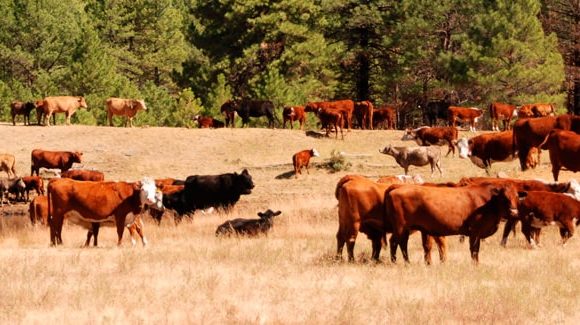American Farmland Trust (AFT) has developed a series of two-page guides highlighting the economic costs and benefits of farmers adopting soil health practices for crop and grazing land. Soil health practices such as no-till, cover crops, nutrient management, crop rotations, and rotational grazing have been shown to reduce erosion, improve water quality, and improve resilience. Still, their effects on a farm’s bottom line are quite complicated.
For farmers to feel confident deciding whether to adopt these practices, they need information on their economic effects—both positive and negative. The guides highlight relevant studies from the existing economic literature in quick, easy-to-read, two-page factsheets.
These guides build on AFT’s Soil Health Case Studies, providing farmers with crucial economic information from “soil health successful” farmers to help them make their decision to adopt soil health practices. Currently, we have developed two series of guides, one focused on corn, soybean, and small grain rotations and another focused on grazing.
The first three guides on corn, soybean, and small grain rotations are delineated by methodology: Budget Analyses, National Surveys, and Research Trials. Each guide briefly outlines the methodology, explains key findings from relevant literature, and offers key takeaways. For readers who want to dive deeper into specific studies, a hyperlink to each reference is provided.
The second series of guides is focused on grazing practices, including the benefits and costs of transitioning from conventional to rotational grazing, the forage and soil health outcomes from seasonal grazing practices, and the economic, forage, and soil health benefits of patch-burn grazing and bale grazing.
Updated April 2025





